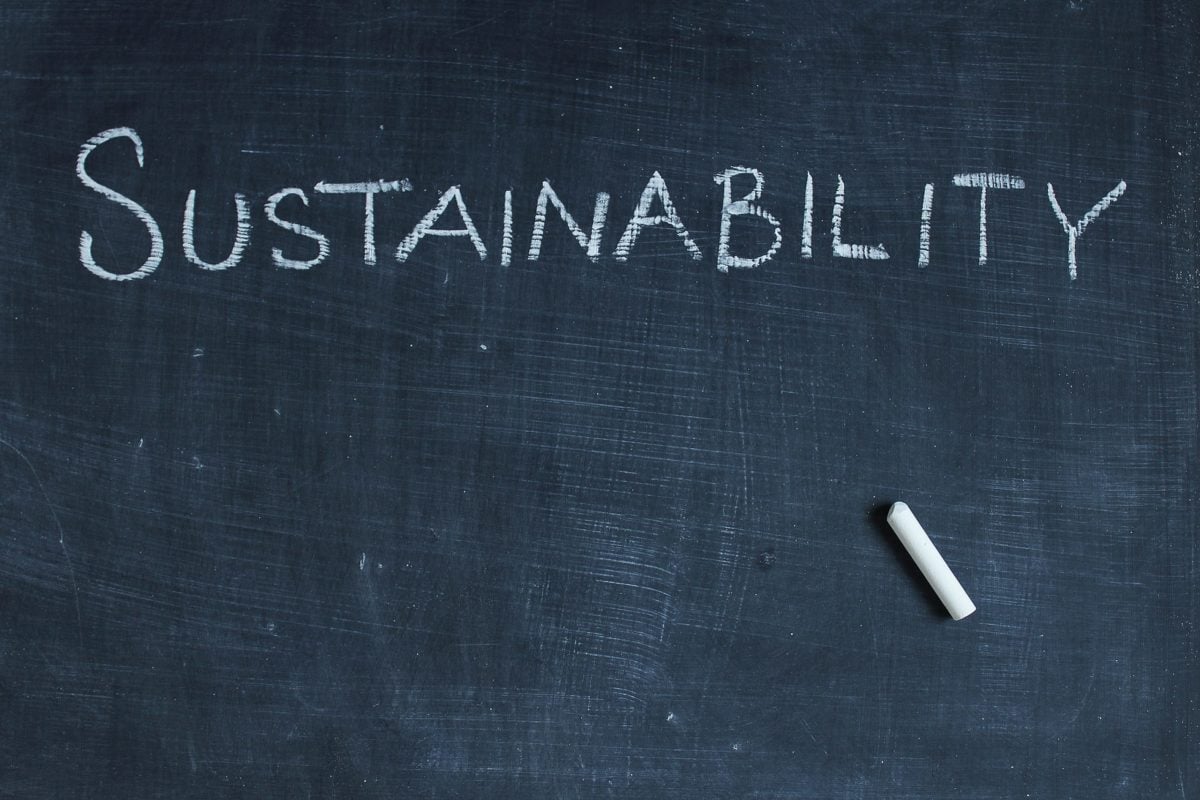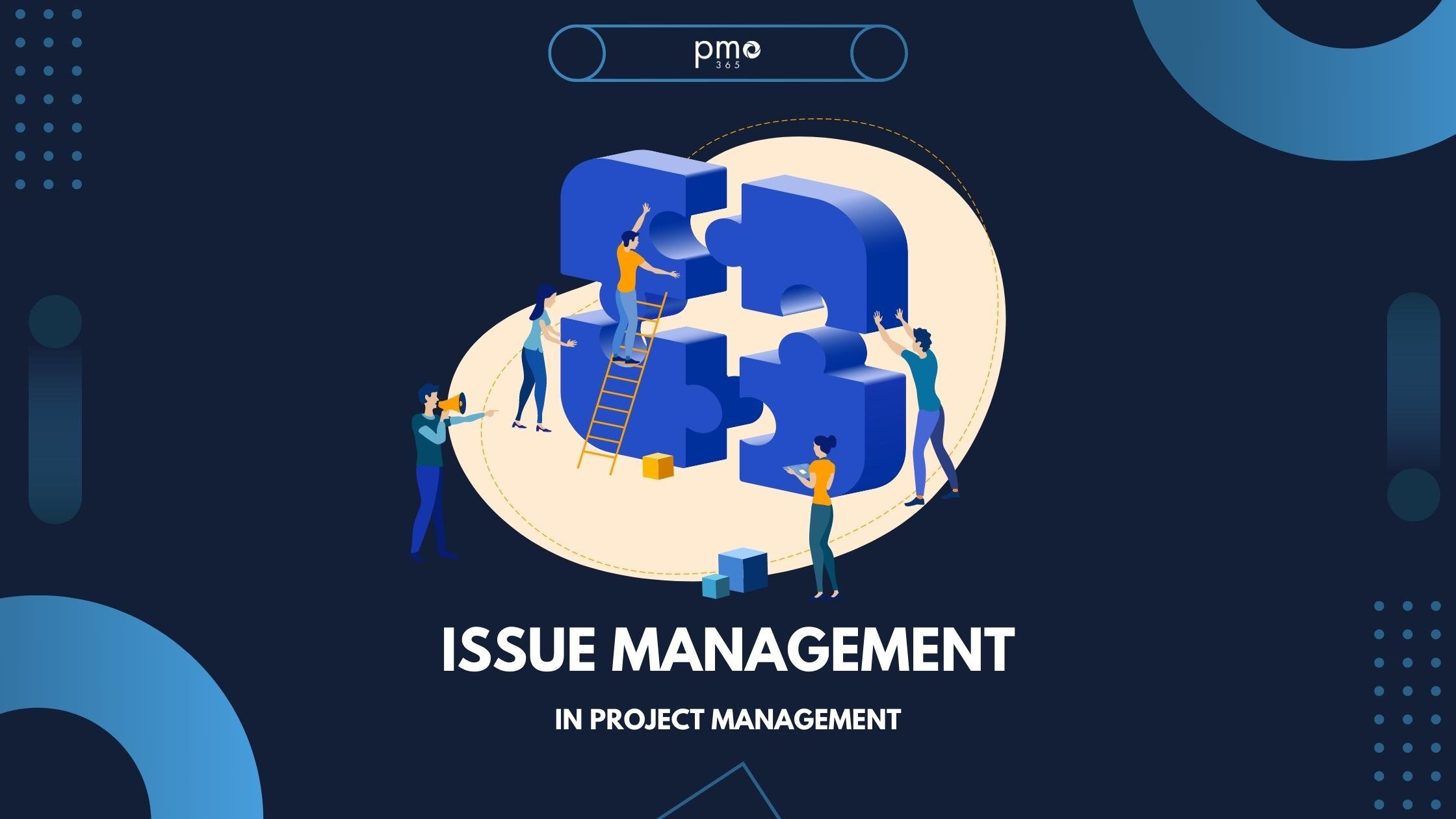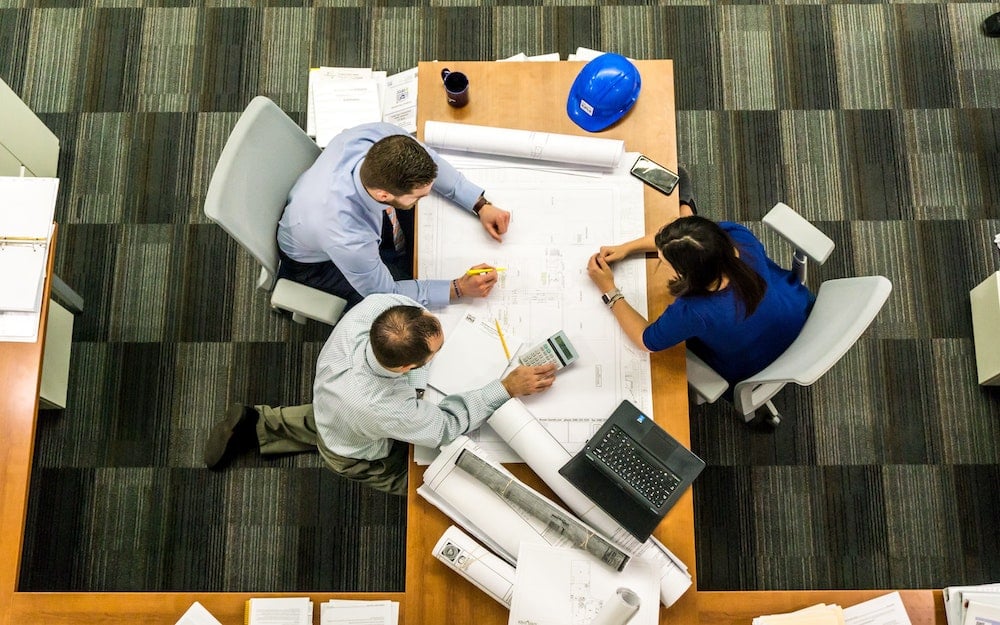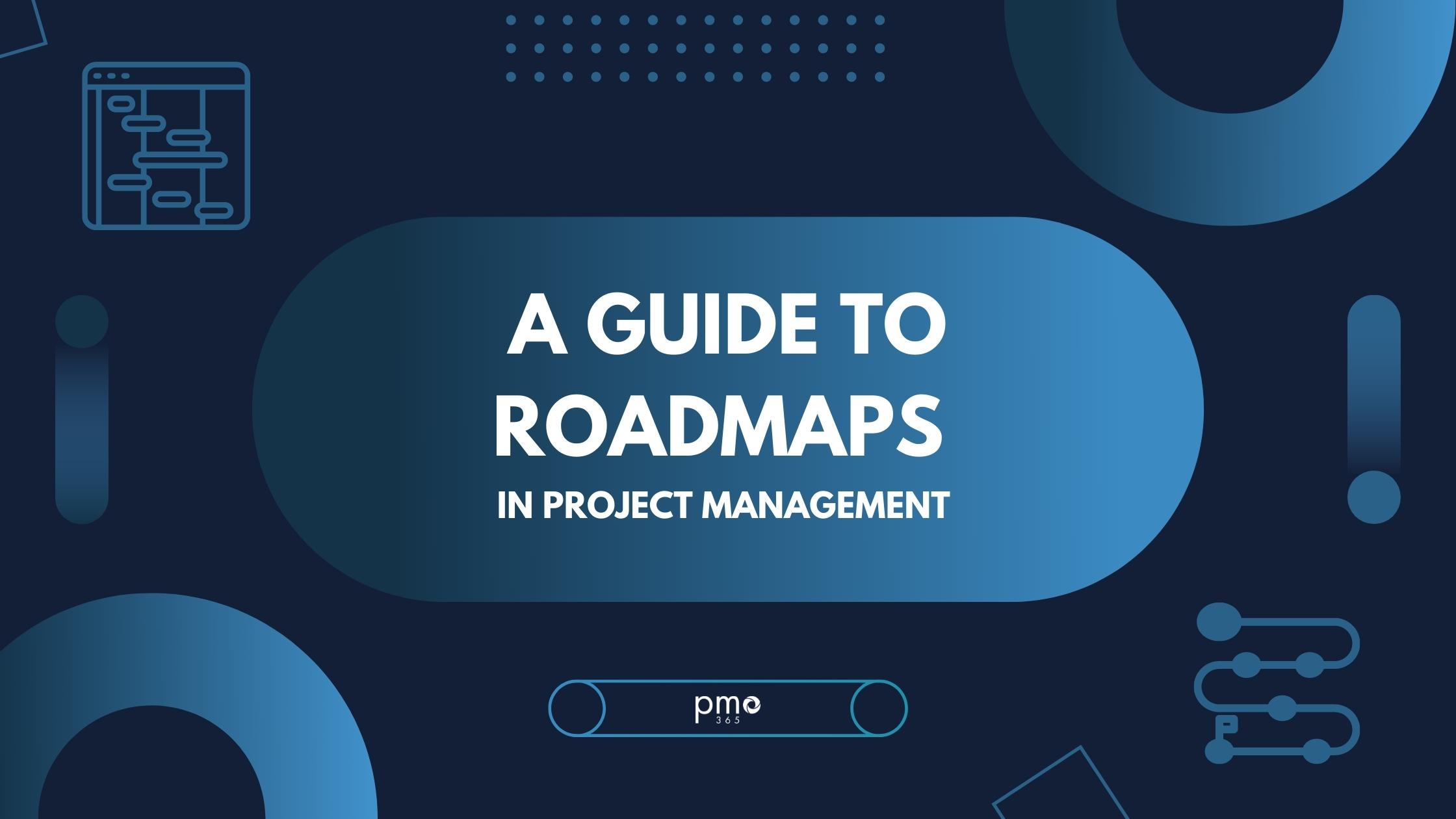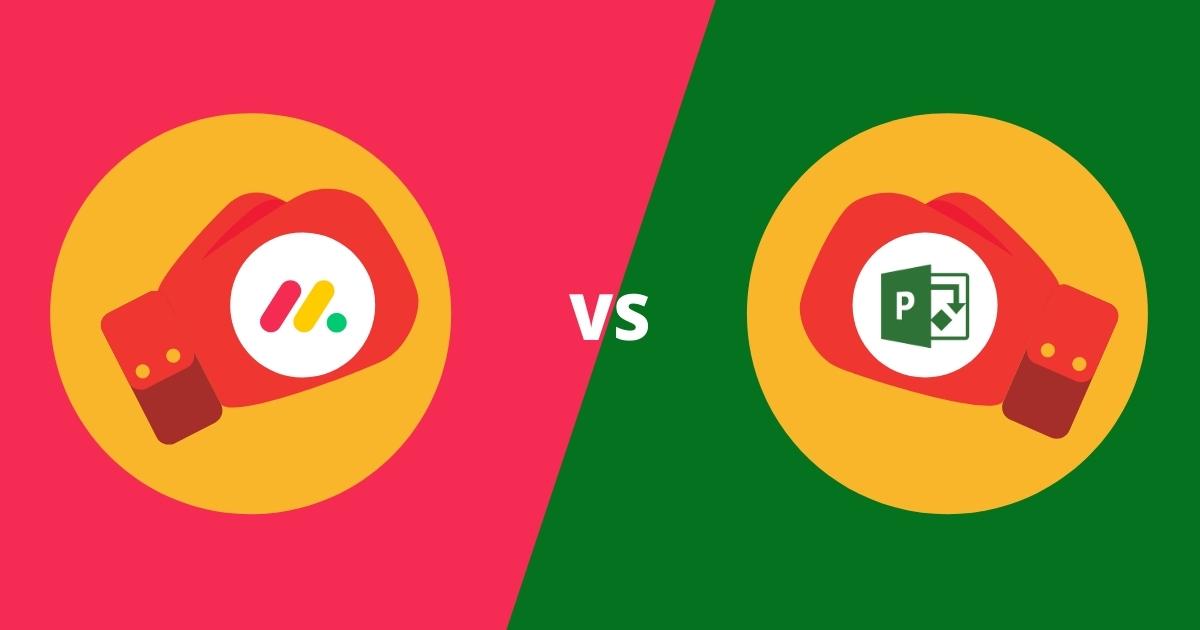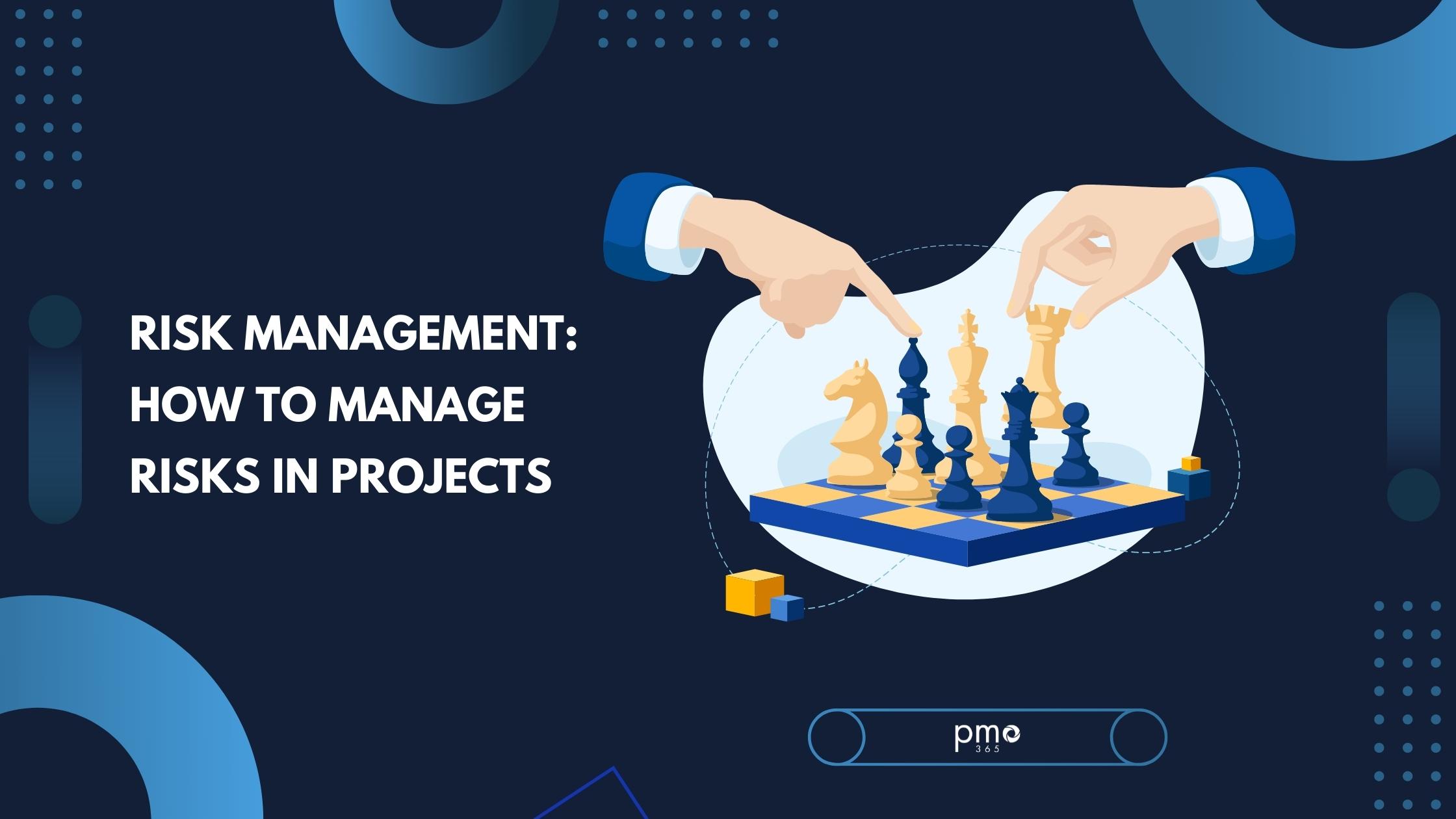As the world moves towards a sustainability-focussed future, project management will experience fundamental shifts within its processes. In this post we outline 7 key processes that are being used for achieving sustainable project management, and explain how each maintains sustainability throughout the entire project lifecycle.
Why Sustainable Project Management?
Once, sustainability would have been seen as being at odds with the core agenda of pursuing profit. But times have changed and businesses are recognising a massive strategic opportunity. Edoardo Favari’s research summarises the compelling case that sustainable business practices now offer for enterprise.
Sustainable practices bring a slew of direct operational and capital cost savings by reducing the materials and energy used in project delivery. They also reduce exposure to the potential fines and negative sentiment that accompanies non-compliance.
Businesses that apply sustainable practices increase customer and stakeholder satisfaction, improve brand value and reputation, and drive the demand for more sustainable processes and products globally.
So, sustainability is no longer an afterthought but is at the forefront of future-proofed business strategies.
What is Sustainable Project Management?
However, sustainable Project Management is more than just observing additional project considerations. It involves a shift in the entire project management paradigm. Effectively, sustainable project management means changing the ‘Iron Triangle’ of project budget, scope, and schedule to incorporate social and environmental implications as part of the equation.
While there is a range of methodologies and frameworks that classify as sustainable project management, they have five common characteristics:
- The Triple Bottom Line or 3P is reframed as People, Planet, Prosperity.
- A complete plan for sustainability throughout the project’s entire life cycle.
- Stakeholders ensuring the needs of employees and customers are met and managed effectively.
- Self-awareness and accepting of responsibility for environmental contributions.
- An awareness of both the short-term and long-term impacts of all project activities and outputs.
To understand in greater depth how project management can contribute to sustainability, check out our Complete Guide to Sustainable Project Management.
7 Processes to Sustainable Project Management
From PRiSM to Green Project Management, there are a number of key processes that differentiate sustainable project management from traditional project management methods. De la Cruz Lopez and others argue that sustainability objectives must feature in every stage of the project lifecycle.
In Project Sustainability Management (PSM), they identify seven core project management processes:
1. Planning the project’s sustainability management
The foundational approach to sustainable project management is to develop a sustainability management plan (SMP). The SMP outlines the sustainability objectives and requirements set by the project manager and stakeholders. It should be applied to the project’s objectives in the project plan and outlines:
- Management methodology
- Internal procedures
- Assessment methods
- Sustainable certifications (when applicable) such as BREAM or LEED for construction projects
- Sustainability consultants for organisations involved
- Project precision levels
- Project estimations and contingencies, and
- Monitoring and controlling activities.
Part of the SMP assigns a stakeholder to be responsible for this new focus on sustainability. It will likely be the PMO (project management office). Projects are vehicles to realise a business strategy. As businesses actively embed sustainability into their core strategies, projects will also evolve to accommodate these changes. By defining a clear SMP, project managers will have an intrinsic sustainability focus.
2. Establishing a Sustainability Breakdown Structure
You may have heard of a work breakdown structure, but perhaps not its sustainability equivalent. Sustainability objectives are not achieved through a blanket strategy. As project manager, you will need to break down strategic objectives into manageable chunks throughout the project lifecycle. There are assessment models that assist in the creation of a sustainability breakdown structure (SBS). Some certification systems, such as BREAM and LEED, help you build the SBS based on an analysis of your project.
However, there are always two key considerations when establishing your SBS:
- The sensitivity of your selected analysis method; and
- Establishing how each task in the project’s WBS can be made more sustainable.
3. Defining the sustainability objective
Every project needs to set a clear sustainability objective. These can be quantifiable (e.g. maximum CO2 emissions) or qualitative (e.g. BREAM’s rating scale from Fair to Exceptional). Objectives should be realistic but should also aim to surpass client expectations.
Ultimately, defining objectives is key to managing the realisation of project benefits. Sustainability initiatives can often increase costs but, by clearly defining objectives and the benefits you expect to receive from the project, you will be able to measure the return on investment (ROI). To that end, the PMO must have defined criteria and metrics used to quantify and monitor sustainability throughout the project portfolio as a whole.
4. Identifying the project alternatives to achieve the objectives
It is important to note the alternative methods for designing your product or service that will achieve your sustainability objectives. Identifying these alternatives helps broaden perspectives and allows you to adapt to future challenges when they arise. Something as simple as hosting virtual meetings instead of face-to-face meetings can have impacts environmentally, socially and economically.
5. Defining the sustainability strategy
Once project managers identify alternatives, they can compare and evaluate alternatives to the existing plans and structures. From here, project managers can optimise or review their plans. They select the best plans for the final sustainable project management strategy, and allocate remaining options as reserve alternatives.
To explore potential strategies, consider the methods outlined in PRiSM (Projects Integrating Sustainability Measure). Alternatively, investigate sustainability indicators published by reputable organisations like the International Standards Organisation or International Project Management Association.
6. Implementing the sustainability strategy
After creating an internal sustainability strategy, the process becomes more straightforward. If you have a robust strategy and a good contingency plan, you’ll find that hiccups are already accounted for by control processes. Make sure that you monitor the effectiveness of your sustainability strategy, and both its quantifiable and qualitative benefits.
As you implement the sustainability strategy, you may need to provide additional training for your team. There are a few market offerings, such as Green Project Management, and the availability of these knds of programs will only continue to grow.
However, because many programs are generic and may only offer a starting point, it may be useful to invest in sustainability expertise. Specialist services create training programs and support services that are proven and genuinely impactful.
7. Monitoring and controlling sustainable projects
Throughout the monitoring and control process, project managers may use a sustainability index to evaluate current conditions, potential risks, and changes that may occur during a project’s delivery. The sustainability index (SI) is an instrument used to measure the social and environmental responsibility of an organisation. As projects progress and unexpected issues arise, project managers need to make decisions based on the most feasible and appropriate course of action.
In the de la Cruz Lopez article, the author suggests making a conservative projection of final SI scores. His advice is to avoid assumptions that raise the value of the SI, as they could jeopardise the project’s sustainability objectives.
At the project completion stage, project managers conduct final sustainability assessments. These should consider the project’s implementation of sustainable practices, and their effectiveness. Often, however, monitoring and controlling will continue throughout the lifecycle of the product, until its closure and decommissioning. In that case the SI should be assessed and regularly reported to the organisation’s appropriate authorities.
Get started as a Sustainable Project Manager
Project management is changing, and so is the role of the project manager. Today, project managers are a critical force for sustainable change within organisations and their responsibilities will only continue to grow. Be sure to check out pmo365‘s integrated PPM solutions and read our guide on how to become a sustainable project manager to get started on your journey!



